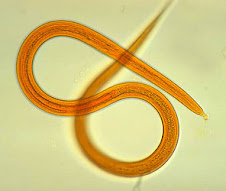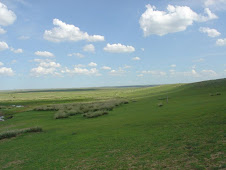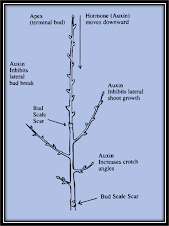STUDY GUIDE
(pages 701-725)
1. Meaning of mollusks.
2. Defining features of molllusks and arthropods.
3. Phylum of mollusks.
4. Four parts of the body plan of most mollusks. explain each.
5. How do the next mollusks feed and move: snails, octopi, and clams. (compare the various feeding behaviors exhibited by the three classes of mollusk)
6. What kind of mollusks breathe using gills?, What kind use a mantle cavity? distinguish between respiration in aquatic mollusks and that in land-dwelling mollusks.
7. Circulatory system in mollusk and arthropods. Explain both (in mollusks open and closed and give examples of each). Describe the path of blood in an open circulatory system.
8. How is the nitrogen in the body released in mollusk? in arthropods?
9. Compare nervous system of Bivalves (clams) and Cephalopods. Nervous system in arthropods.
10. Ways mollusk reproduce. Explain how two shelled mollusks reproduce. Reproduction in artropods (type of fertilization)
11.Three major classes of mollusk according to characteristics of the foot and the shell. Describe the features (shell, foot). Make a comparative table of the classes (main characteristics and examples).
12. Main features of arthropods. explain each.
13. Organs used for respiration in insects. explain.
14. Circulatory system in Arthropods. explain.
15. How do arthropods move?
16. How are arthropod classified?
17. Three subphylum of the phylum Arthropoda. give examples of each.
18 Comparative table of the main features of the three subphylum of arthropods.
19. Class Chilopoda: describe it and write examples... to which subphylum belongs?
20. Class diplopoda. describe it and give examples...(subphylum)
21. Subphylum Chelicerates. Write four representative and the main characteristic of each.
22. Definition of: foot, mantle, shell, visceral mass, exoskeleton, chitin, appendages, spiracles, book lungs, malphghian tubules, molting, cephalothorax, abdomen, carapace, mandible, chelicerae.
23. Section Assessments and comparative tables.






















No hay comentarios:
Publicar un comentario